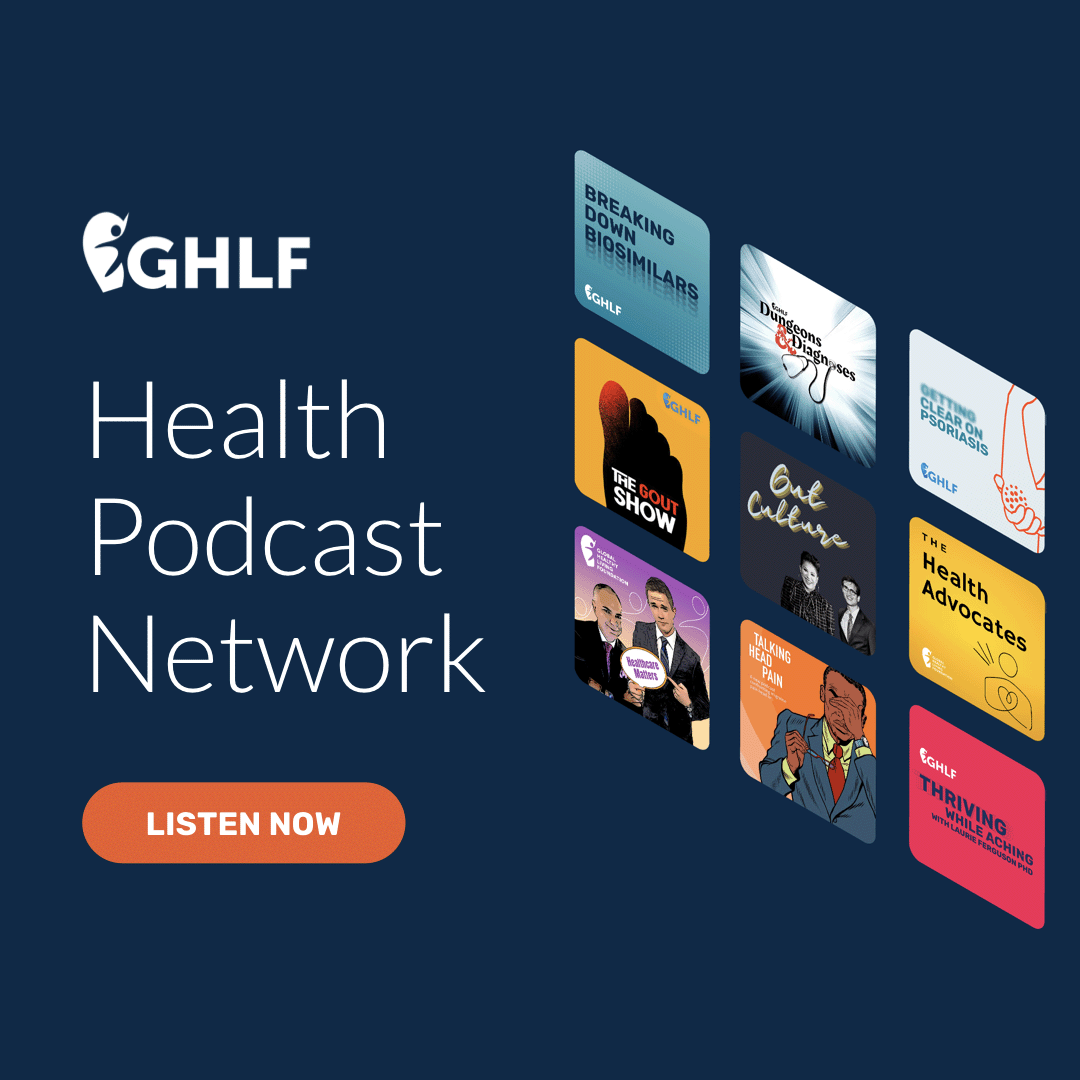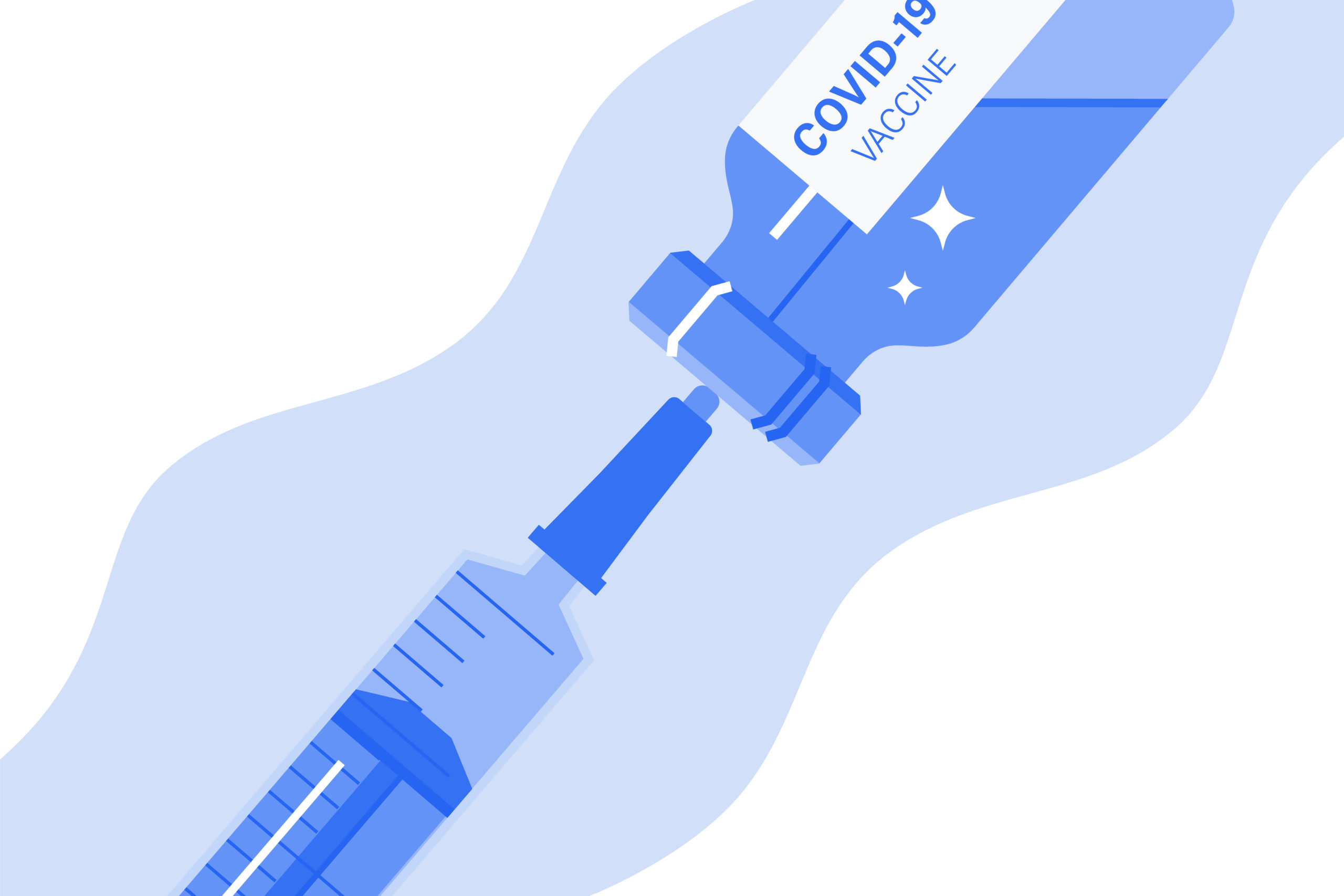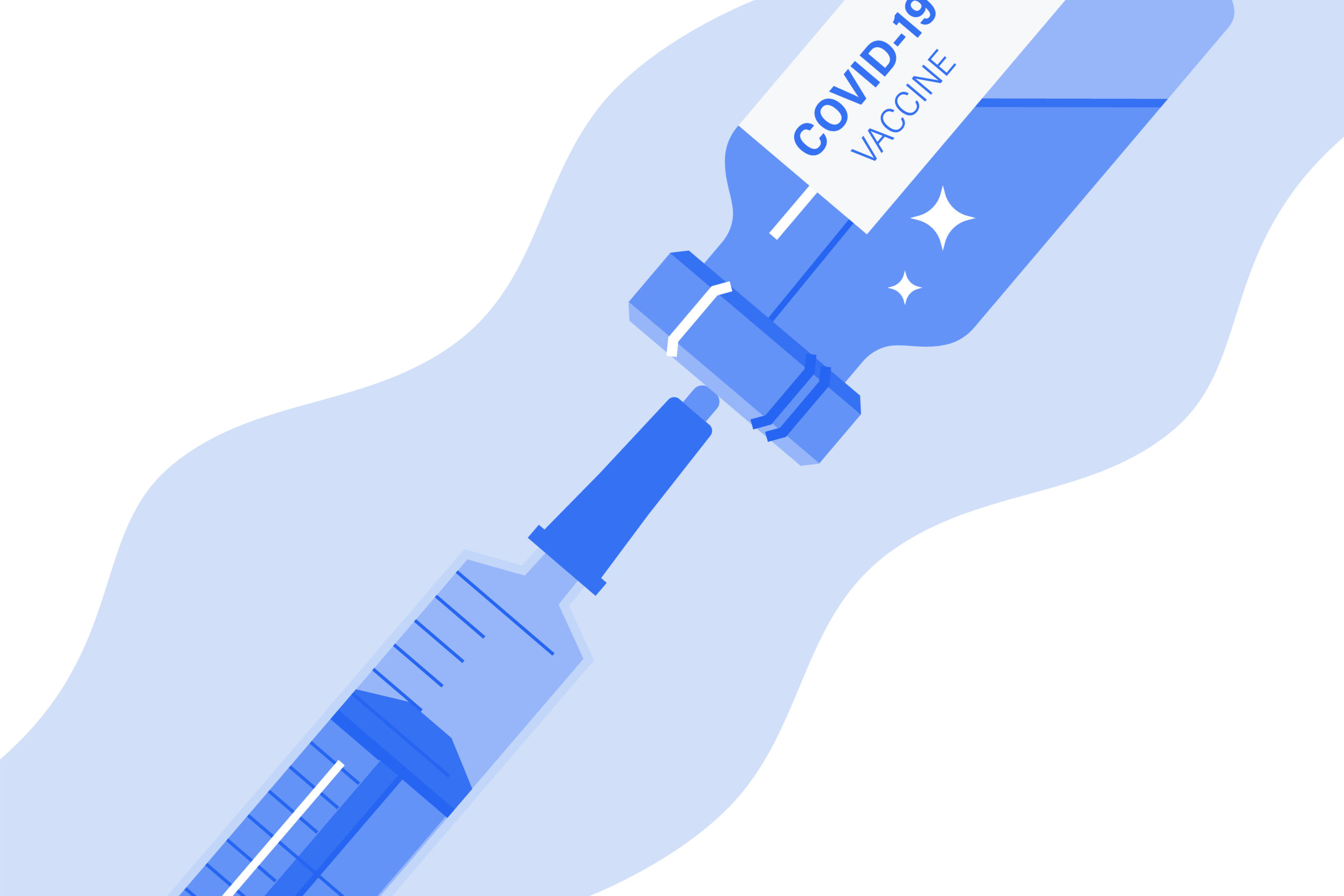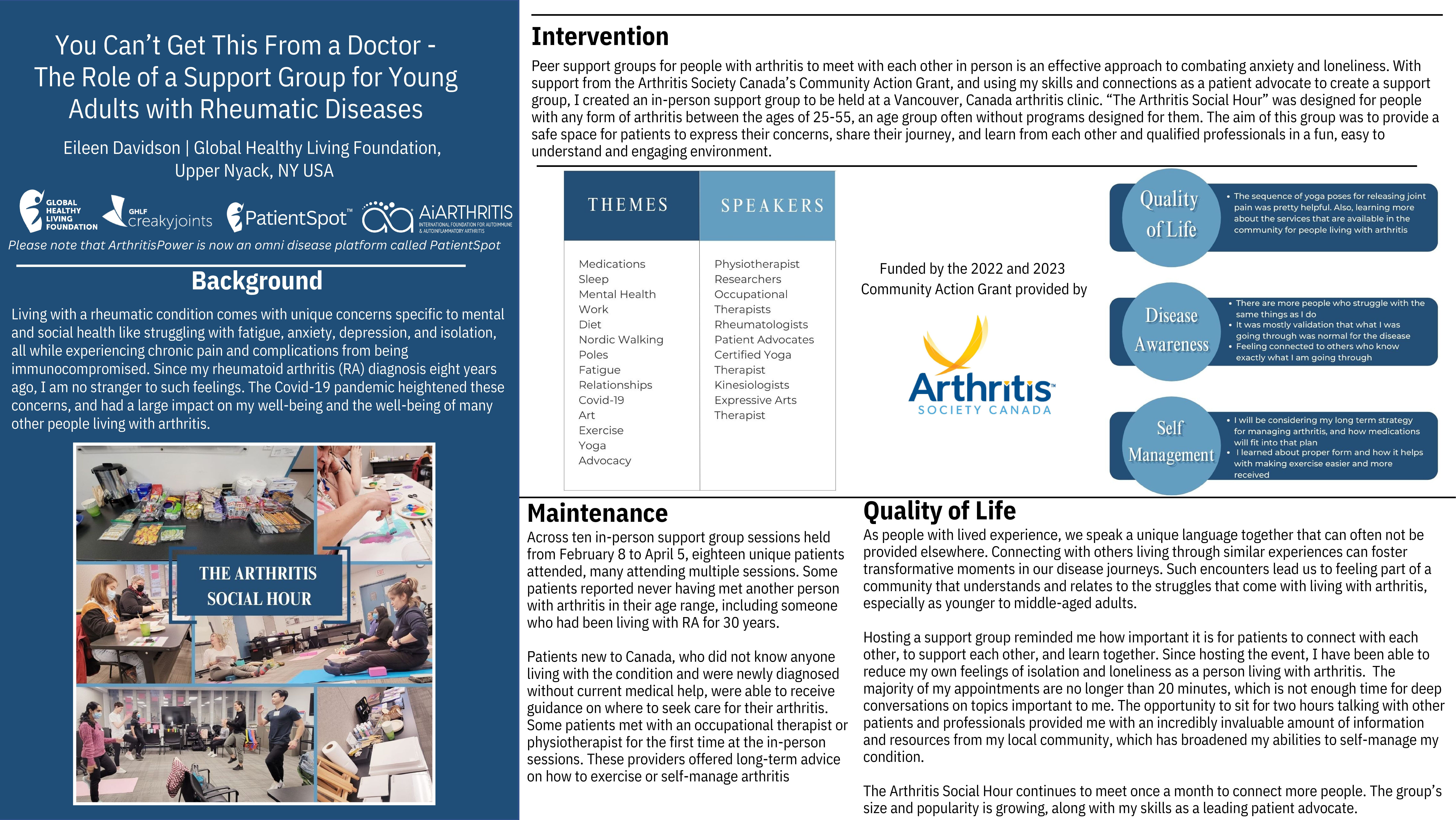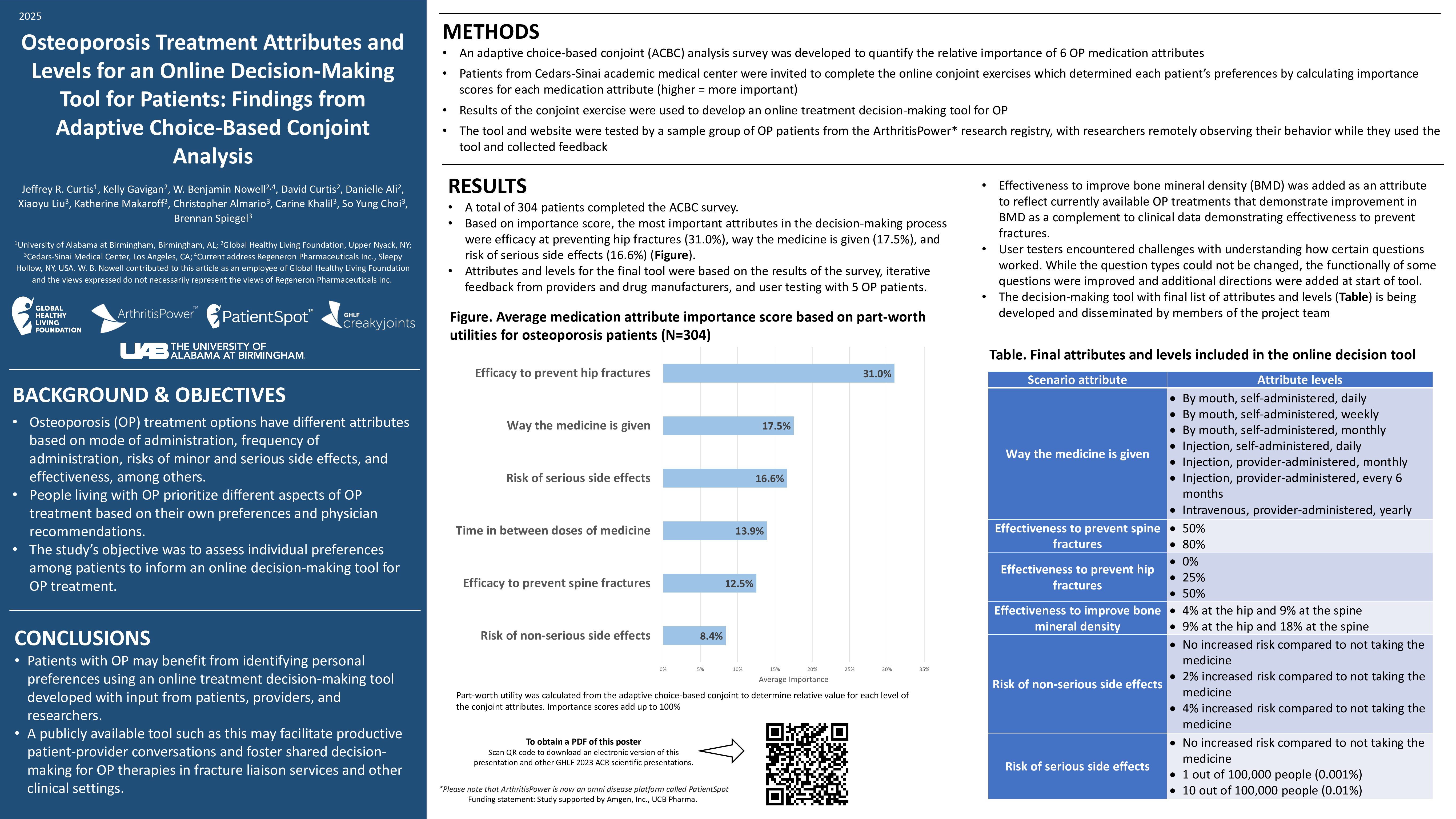Learn more about our FREE COVID-19 Patient Support Program for chronic illness patients and their loved ones.


You may have heard of what’s called “Paxlovid rebound” recently in the news. It has occurred in a few high-profile individuals, including Dr. Anthony Fauci, Director of the National Institute of Allergy and Infectious Diseases, and President Joe Biden.
The term may sound ominous, but Paxlovid rebound does not appear to be dangerous and it’s certainly not a reason to skip a potentially life-saving antiviral treatment. Here’s what to know about Paxlovid rebound, particularly if you’re immunocompromised.
COVID-19 Reinfection vs. COVID Rebound
First, let’s clear one thing up: A COVID-19 rebound case is not the same as getting infected with COVID-19 a second time.
The U.S. Centers for Disease Control and Prevention (CDC) characterizes COVID-19 rebound as a recurrence of symptoms or a new positive viral test after having tested negative. It has been reported to occur shortly after initial recovery.
In a rebound case, it’s the same virus causing symptoms or a positive test. It just hasn’t quite cleared your body yet.
“It’s unclear why it occurs — and it occurs even in individuals that don’t receive antiviral therapy,” says infectious disease physician Amesh A. Adalja, MD, a Senior Scholar at Johns Hopkins Center for Health Security.
COVID-19 rebound is distinct from a COVID-19 reinfection, in which someone clears the virus and then gets infected again (often months later). In this case, a different strain of COVID-19 causes the infection.
Rebound Cases After Paxlovid Treatment
Paxlovid treatment includes two different medications packaged together: nirmatrelvir (two pills) and ritonavir (one pill). The nirmatrelvir stops the SARS-CoV-2 protein from replication, while ritonavir thwarts nirmatrelvir’s metabolism in the liver and helps it stay in your body for longer.
When you’re prescribed Paxlovid, you’ll be instructed to take three pills twice daily for five days. (Learn more about how Paxlovid works.)
There are still many questions about Paxlovid and rebound cases. Anecdotally, patients have finished the five-day course and tested negative — but a few days later, they test positive and develop COVID-19 symptoms again. (If you experience a rebound case of COVID-19, you are still contagious and it’s important to isolate to avoid infecting others.)
Experts hypothesize that Paxlovid may not entirely rid the body of the virus in some people. Certain pockets of viable virus may still exist and replicate once the treatment stops. Meanwhile, because Paxlovid is administered so soon after symptom onset, the body may not have the chance to develop an immune response during that time.
“In some people, those five days of treatment might not be long enough to clear all the virus,” says Jeffrey D. Klausner, MD, MPH, Clinical Professor of Medicine, Population, and Public Health Sciences in the Keck School of Medicine of the University of Southern California. “A small amount of virus remains, below the limit of detection of the test. Over time, that small amount of virus may increase in the absence of Paxlovid, resulting in a new positive test result.”
In a June 2022 study published in the journal Clinical Infectious Diseases, researchers studied a cohort of 483 high-risk patients treated with Paxlovid. Four patients (0.8 percent) experienced a rebound of symptoms. These rebound symptoms were generally mild and all resolved without additional COVID-19-directed therapy.
Each of the four patients who experienced Paxlovid rebound had comorbidities, which are known to complicate recovery from COVID-19.
The patients included:
- A 75-year-old man with coronary artery disease who had a cough and muscle aches 19 days after treatment
- A 40-year-old woman with obesity, hypertension, and kidney disease who experienced fatigue and sore throat six days after treatment
- A 69-year-old man with hypertension and obesity who had a runny nose and cough 10 days after therapy
- A 70-year-old man with a history of prostate cancer, obesity, hypertension, and high cholesterol, who developed sinus congestion 10 days after treatment
All four patients were fully vaccinated with three doses of an mRNA vaccine more than 90 days before becoming infected with COVID-19.
The one percent rebound rate in this study aligns with the results of the Pfizer clinical trial, but the study authors suspect the actual rate may be higher. Based on discussions lead author Aditya Shah, MBBS, has since had with other physicians and patients, he believes “the actual rate might be as high as 5 to 10 percent,” he told Scientific American.
COVID-19 rebound may be more common in untreated individuals. To better understand the course of COVID-19 viral and symptom trajectories, another team of researchers analyzed a population of 568 untreated participants in an August 2022 pre-print study (meaning it hasn’t been peer-reviewed yet). They found that 12 percent had viral rebound. Those who experienced viral rebound were older than non-rebounders — a median of 54 years versus 47 years, respectively.
Overall, there are many outstanding questions about if newer COVID-19 variants play a bigger role in viral rebound. Paxlovid trials, for instance, were done before the age of Omicron.
To truly understand how often Paxlovid rebound occurs, a more uniform definition of “rebound” needs to be determined across various studies. For example, if “rebound” is sometimes classified as only a recurrence of symptoms and other times classified as multiple negative tests followed by multiple positive tests, it could skew the data on how often rebound occurs. Without more answers, it’s difficult for experts to give guidance on how Paxlovid rebound can be avoided.
“It’s unclear what is occurring, so there’s no specific way to prevent it,” says Dr. Adalja. “There are studies with extended treatment courses underway.”
There have also been reports of COVID-19 rebound occurring with the antiviral medication Molnupiravir.
In a June 2022 pre-print study on a population of 13,644 patients, researchers found that the 7-day and 30-day COVID-19 rebound rates after Molnupiravir treatment were 5.86 percent and 8.59 percent for COVID-19 infection and 3.75 percent and 8.21 percent for COVID-19 symptoms.
More research is needed to determine the natural course of infection with Omicron, how it’s impacted by antivirals, and how the COVID-19 rebound is different between antivirals.
How Severe Are Paxlovid Rebound Cases?
People who experience rebound still tend to have positive outcomes. Paxlovid is meant to help prevent severe disease, hospitalization, and death — and it continues to do so, even if rebound cases occur.
“From the data so far, Paxlovid rebound has not been dangerous,” says Dr. Klausner. “There are no reported, verified cases of hospitalization or death from rebound. Typically, people have a mild recurrence of symptoms or positive test results for a few days and then get better.”
Of course, since you are still infectious during this period, it’s important to isolate.
“The CDC advises five days of isolation from the onset of symptoms and an additional five days of mask use,” says Dr. Klausner. “While some experts advise continuing isolation until a rapid test is negative and remains negative, that is not practical for most people. The five-day rule is a good compromise balancing individual needs and public health risks.”
Could Paxlovid Rebound Affect Antiviral Administration?
Future research may help determine if Paxlovid needs to be administered for longer to prevent rebound, but as of now, experts don’t see the guidance around Paxlovid administration changing.
“This will depend on if the cause is determined and studies with extended dosing show promise,” says Dr. Adalja.
Physicians have sometimes prescribed an additional round of Paxlovid if rebound occurs, but there’s no data to show that Paxlovid should be taken again (and it’s not recommended). Others have changed the dosing schedule to address potential rebound.
“Some doctors have extended the course of treatment from five days to eight days by asking patients to modify the way the medication is taken,” says Dr. Klausner. “Instead of twice a day for five days, they recommend taking the medicine twice a day for the first two days, and then daily for the next six days — so eight days total. However, that is not how the medication was studied or authorized for use by the FDA.”
Doctors can do this because the U.S. Food and Drug Administration (FDA) regulates the sale and marketing of medications, but not medical practice.
What You Should Know About Paxlovid
The primary purpose of Paxlovid is to prevent severe disease — and it continues to do so, even in those who experience COVID-19 rebound. Paxlovid is given to high-risk individuals and it’s a life-saving drug, so you should take it if your doctor prescribes it to you.
“Paxlovid rebound is not something that impacts the benefit an immunocompromised person accrues from Paxlovid,” says Dr. Adalja. “It is still highly effective at preventing what it was designed for, which is severe illness.”
Paxlovid continues to be recommended for early-stage treatment of mild to moderate COVID-19 in those who are at high risk for progression to severe disease, per a health advisory from the CDC.
If you’re prescribed Paxlovid, stay in touch with your health care provider about your symptoms and COVID-19 test results.
“Immunocompromised patients should be in close communication with their doctor,” says Dr. Klausner. “Some immunocompromised patients might benefit from a longer duration of therapy, different treatment schedule, and repeat testing to document clearance of the infection.”
Get Free Coronavirus Support for Chronic Illness Patients
Join the Global Healthy Living Foundation’s free COVID-19 Support Program for chronic illness patients and their families. We will be providing updated information, community support, and other resources tailored specifically to your health and safety. Join now.
CDC Health Advisory. U.S. Centers for Disease Control and Prevention. May 24, 2022. https://emergency.cdc.gov/han/2022/pdf/CDC_HAN_467.pdf.
Deo R, et al. Viral and Symptom Rebound in Untreated COVID-19 Infection. medRxiv. August 2, 2022. doi: https://doi.org/10.1101/2022.08.01.22278278.
Interview with infectious disease physician Amesh A. Adalja, MD, a Senior Scholar at Johns Hopkins Center for Health Security
Interview with Jeffrey D. Klausner, MD, MPH, Clinical Professor of Medicine, Population, and Public Health Sciences in the Keck School of Medicine of the University of Southern California
Ranganath N, et al. Rebound Phenomenon after Nirmatrelvir/Ritonavir Treatment of Coronavirus Disease-2019 in High-Risk Persons. Clinical Infectious Diseases. June 14, 2022. doi: https://doi.org/10.1093/cid/ciac481.
Wang L, et al. COVID-19 rebound after Paxlovid and Molnupiravir during January-June 2022. medRxiv. June 22, 2022. doi: https://doi.org/10.1101/2022.06.21.22276724.
What Is Paxlovid Rebound, and How Common Is It? Scientific American. August 8, 2022. https://www.scientificamerican.com/article/what-is-paxlovid-rebound-and-how-common-is-it/.


